Numbers Don't Lie - Vaclav Smil
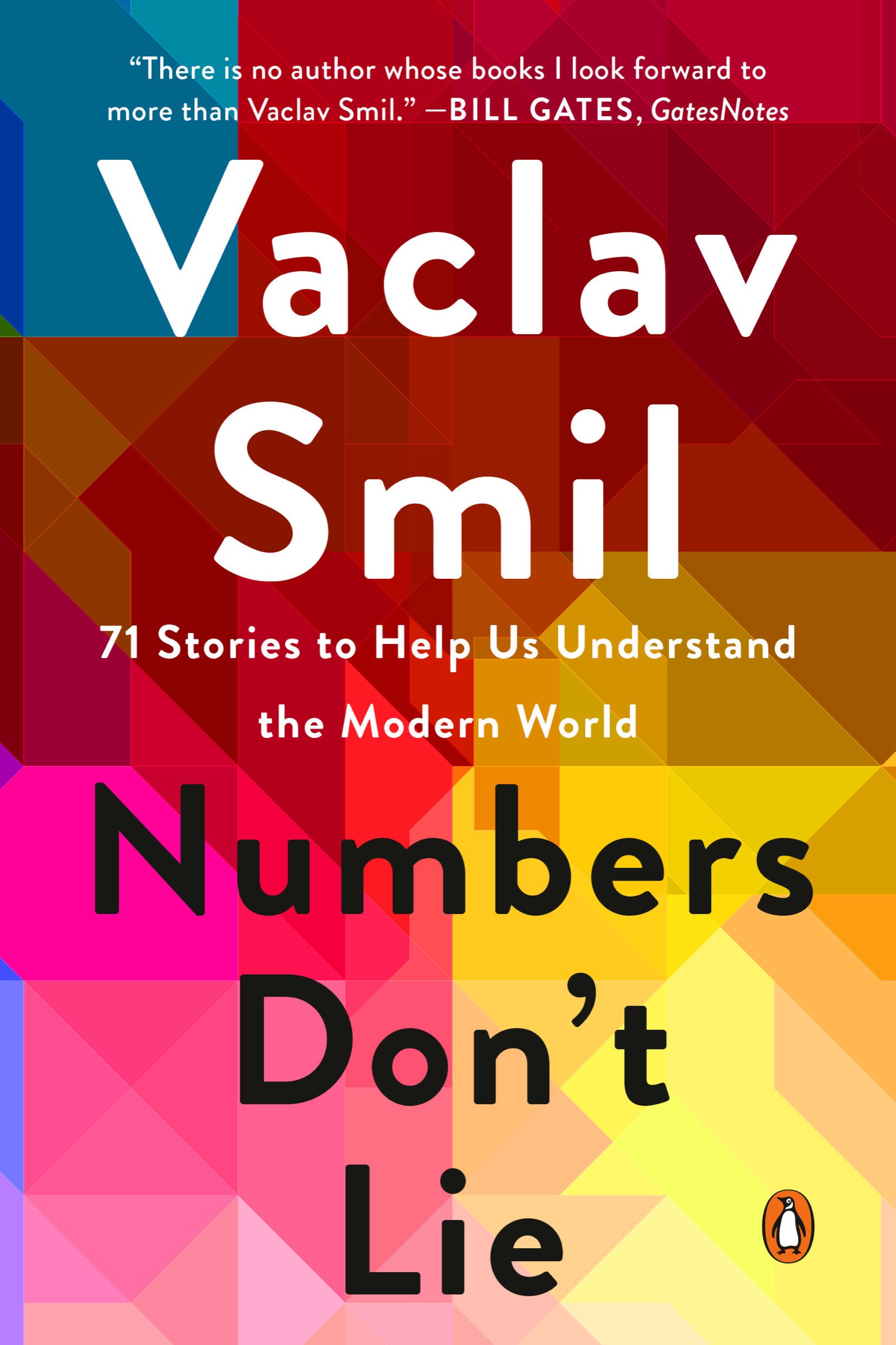
## Metadata
- Author: **Vaclav Smil**
- Full Title: Numbers Don't Lie
- Category: #books
## Highlights
-  ([View Highlight](https://read.readwise.io/read/01jt4r9np54mrwsnaxg0mdhk73))
-  ([View Highlight](https://read.readwise.io/read/01jt4rh6ae53g2qk0nht3kzcfm))
- Casual readers of the news get misled by the claimed advances of wind and solar electricity generation. Indeed, these renewable sources have been advancing steadily and impressively: in 1992 they supplied only 0.5 percent of the world’s electricity, and by 2017 they contributed 4.5 percent. But this means that, during those 25 years, more decarbonization of electricity generation was due to expanded hydroelectricity generation than to combined solar and wind installations. And because only about 27 percent of the world’s final energy consumption is electricity, these advances translate to a much smaller share of overall carbon reduction.
But solar and wind electricity generation are now mature industries, and new capacities can be added quickly—increasing the pace of decarbonizing the electricity supply. In contrast, several key economic sectors depend heavily on fossil fuels and we do not have any non-carbon alternatives that could replace them rapidly and on the requisite massive scales. These sectors include long-distance transportation (now almost totally reliant on aviation kerosene for jetliners, and diesel, bunker fuel, and liquefied natural gas for container, bulk, and tanker vessels); the production of more than a billion tons of primary iron (requiring coke made from coal for smelting iron ores in blast furnaces) and more than 4 billion tons of cement (made in massive rotating kilns fired by low-quality fossil fuels); the synthesis of nearly 200 million tons of ammonia and some 300 million tons of plastics (starting with compounds derived from natural gas and crude oil); and space heating (now dominated by natural gas).
These realities, rather than any wishful thinking, must guide our understanding of primary energy transitions. Displacing 10 billion tons of fossil carbon is a fundamentally different challenge than ramping up the sales of small portable electronic devices to more than a billion units a year; the latter feat was achieved in a matter of years, the former one is a task for many decades. ([View Highlight](https://read.readwise.io/read/01jt4rnq86qxftb8tf002f03v0))
- Dunlop would be astounded by what he began. So much for the much-hyped dematerialization of our world that artificial intelligence is supposed to have started. ([View Highlight](https://read.readwise.io/read/01jt4rvr7wszsg6k6ehh67y5e6))
- 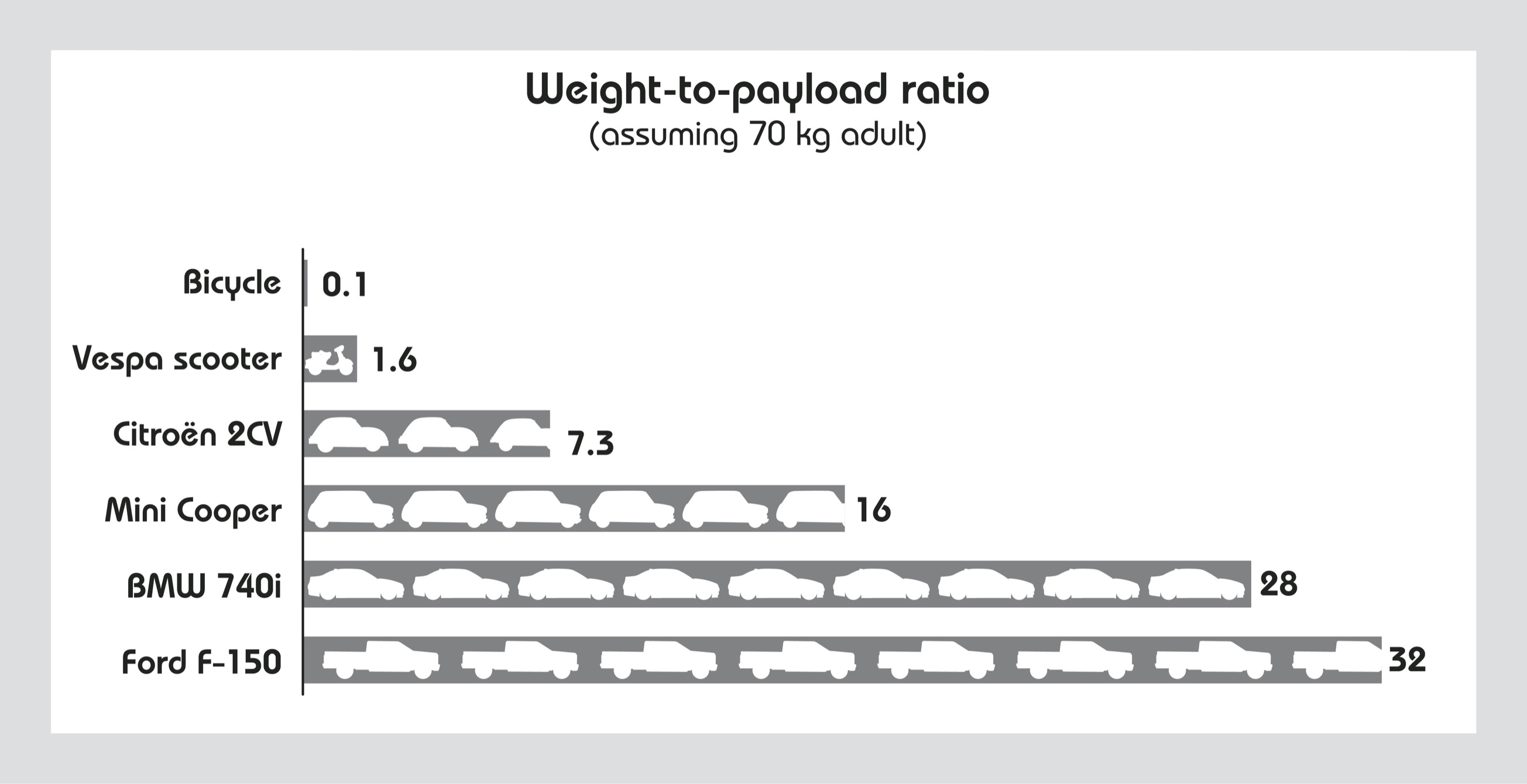 ([View Highlight](https://read.readwise.io/read/01jt4rx0menfpydtd03mw0tjhx))
- 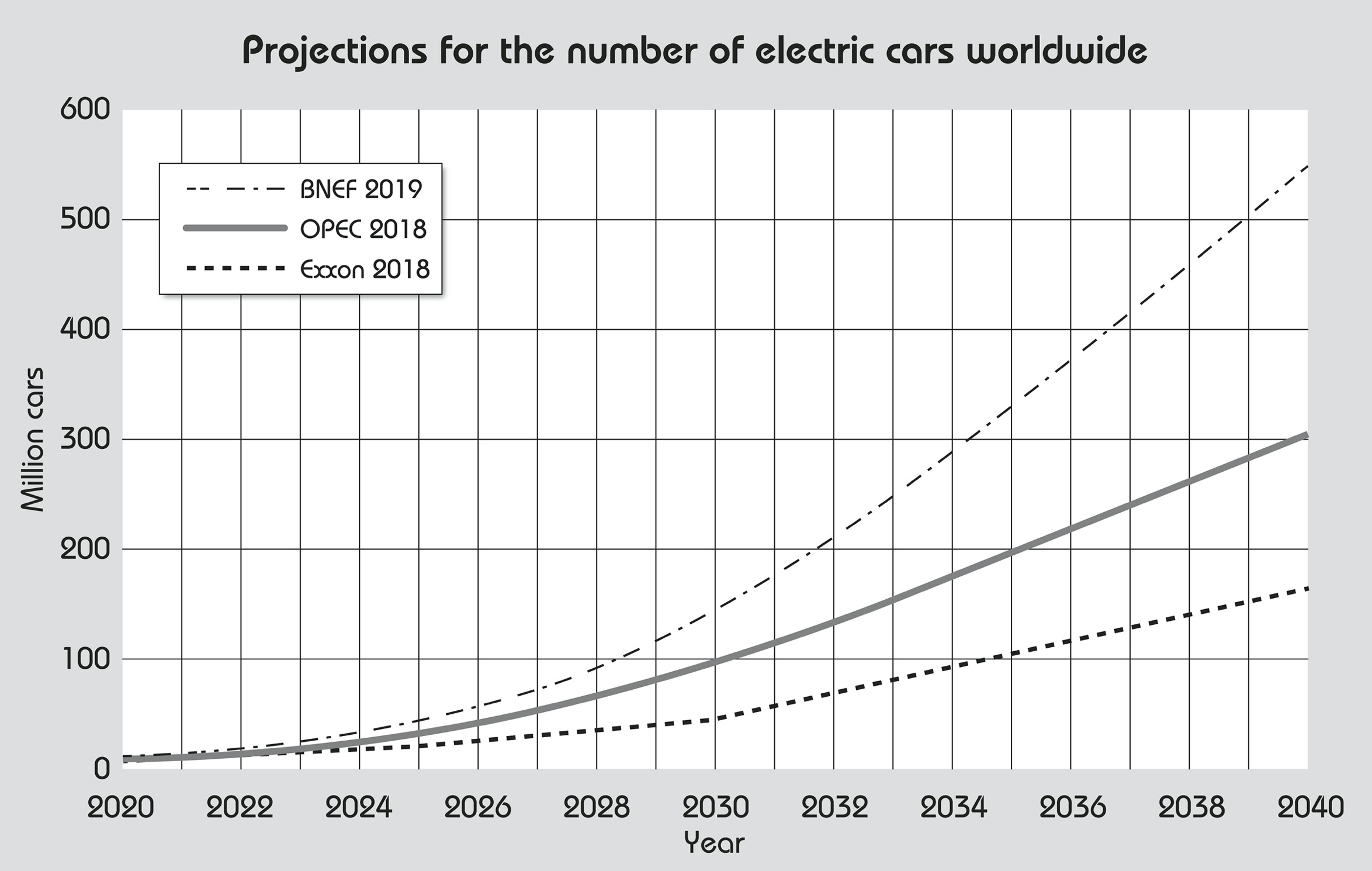 ([View Highlight](https://read.readwise.io/read/01jt4rz7yv529dksy6hb08nkkt))
- As a global mean, more than three-fifths of the electricity for an EV still comes from fossil carbon, but that fraction varies widely among countries and within them. EVs in my home province of Manitoba, Canada (where more than 99 percent of all electricity comes from large hydro stations) are clean hydro cars. Quebec, Canada (about 97 percent hydro) and Norway (about 95 percent hydro) come close to that. French EVs are largely nuclear-fission cars (the country gets some 75 percent of its electricity from fission). But in most of India (particularly Uttar Pradesh), China (particularly Shaanxi province), and Poland, EVs are overwhelmingly coal cars. The last thing we need is to push for the rapid introduction of a source of demand that would summon even more fossil fuel–based electricity generation. ([View Highlight](https://read.readwise.io/read/01jt4s0nx7h1tcm0w8n0ny7s5b))
- Eating meat in general (and beef in particular) has now joined a list of highly undesirable habits, as the long-extant concerns about meat’s drawbacks—ranging from supposedly deleterious health effects to extraordinarily high land use and the large water footprint required to grow animal feed—have been joined by near-apocalyptic warnings about methane from cattle as a key driver of global climate change. Realities are far less inflammatory. We are—much like chimpanzees, our closest primate ancestors whose males are keen hunters of smaller animals such as monkeys and young wild pigs—an omnivorous species, and meat has always been an important part of our normal diet. Meat (together with milk and eggs) is an excellent source of complete dietary protein required for growth; it contains important vitamins (above all, those of B-complex) and minerals (iron, zinc, magnesium); and it is a satisfying source of dietary lipids (fats providing the feeling of satiety, and hence highly prized by all traditional societies).
Inevitably, animals, particularly cattle, are inefficient converters of feed into meat (see why chicken rules, [this page](#page_243)), and affluent countries have expanded their meat production to such an extent that the principal task of agriculture has become not to grow crops for people but feed for animals. In North America and Europe, about 60 percent of the total crop harvest is now destined for feeding—not directly for food. This, of course, has major environmental consequences, particularly due to the need for nitrogen fertilizers and water. At the same time, citing the large volumes of water needed to produce feed for cattle is quite misleading. The minimum water requirement per kilogram of boneless beef is, indeed, high, on the order of 15,000 liters, but only about half a liter of that ends up incorporated in the meat, with more than 99 percent being water needed for the growth of feed crops which eventually re-enters the atmosphere via evaporation and plant transpiration, and rains down. ([View Highlight](https://read.readwise.io/read/01jt4sh5wq4t5vbcgj3kd1v3tw))
- 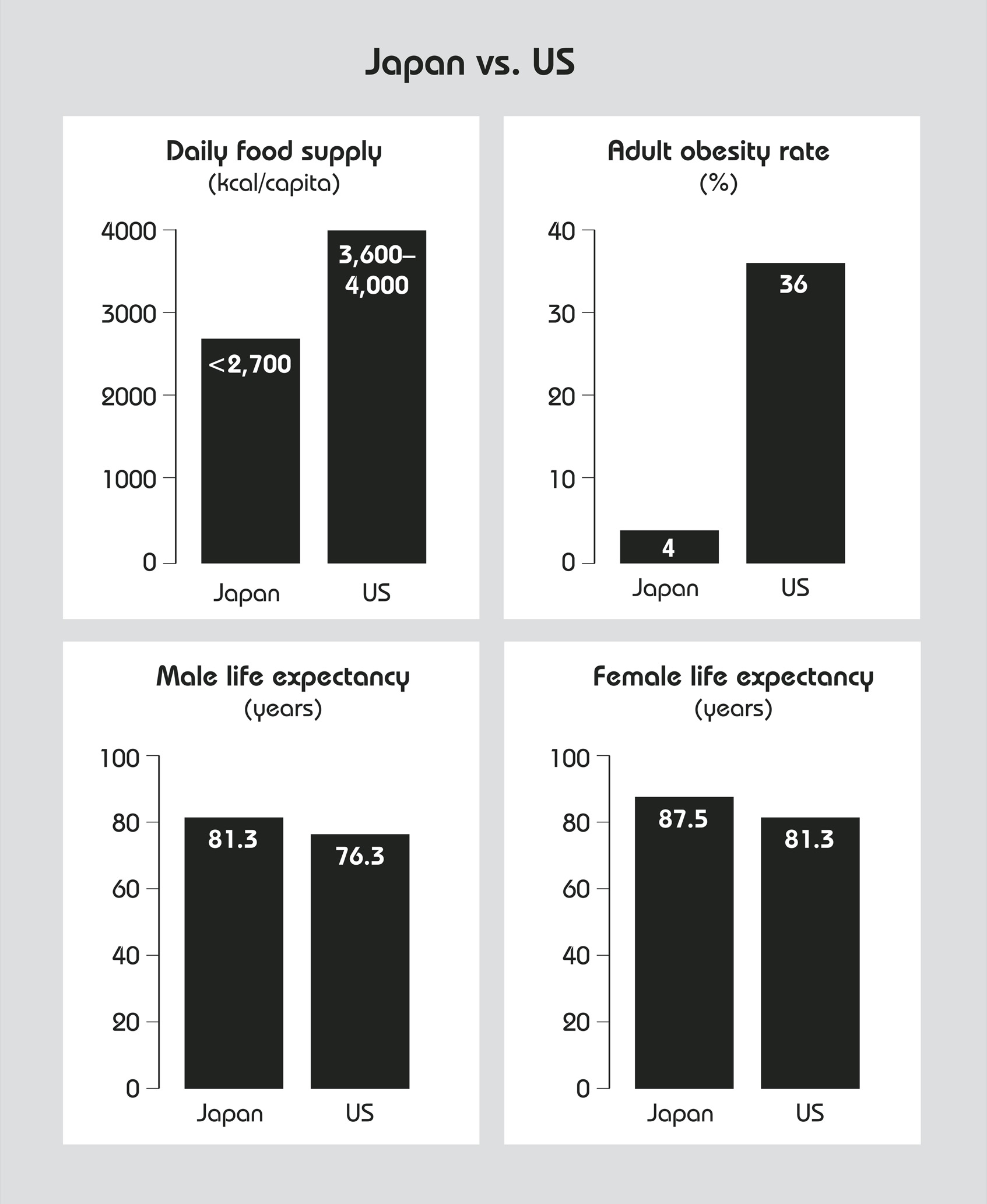 ([View Highlight](https://read.readwise.io/read/01jt4ssn0n8cexa4ahw4x96tfr))
- In contrast, studies of actual food intakes show that the Japanese daily mean is now below 1,900 kilocalories, commensurate with age distribution and physical activity of the aging Japanese population ([View Highlight](https://read.readwise.io/read/01jt4svrjsdsvcv1a6re8kj62p))
-  ([View Highlight](https://read.readwise.io/read/01jt4sx6qwst00t4rnhws6hzqk))
- According to the worshippers of the e-world, the late 20th century and the two opening decades of the 21st century brought us an unprecedented number of profound inventions. But that is a categorical misunderstanding, as most recent advances have been variations on two older fundamental discoveries: microprocessors (see inventing integrated circuits, [this page](private://read/01jnabne8b5x6hb8ct3ekzv8gz/#page_121)) and exploiting radio waves, part of the electromagnetic spectrum. More powerful and more specialized microchips are now running everything from industrial robots and the autopilots of jetliners to kitchen ranges and digital cameras, and the most popular global brand for mobile communications has been using ultra high-frequency radio waves. ([View Highlight](https://read.readwise.io/read/01jrky7dne531zhrt61bp6wbzj))
- But the 1880s are also embedded in our lives in many smaller ways. Over a decade ago, in *Creating the Twentieth Century*, I traced several daily American experiences through mundane artifacts and actions that stem from that miraculous decade. A woman wakes up today in an American city and makes a cup of Maxwell House coffee (launched in 1886). She considers eating her favorite Aunt Jemima pancakes (sold since 1889) but goes for packaged Quaker Oats (available since 1884). She touches up her blouse with an electric iron (patented in 1882), applies antiperspirant (available since 1888), but cannot pack her lunch because she has run out of brown paper bags (the process to make strong kraft paper was commercialized in the 1880s).
She commutes on the light rail system (descended directly from the electric streetcars that began serving US cities in the 1880s), is nearly run over by a bicycle (the modern version of which—with equal-sized wheels and a chain drive—was another creation of the 1880s: see engines are older than bicycles!, [this page](private://read/01jnabne8b5x6hb8ct3ekzv8gz/#page_185)), then goes through a revolving door (introduced in a Philadelphia building in 1888) into a multistory steel-skeleton skyscraper (the first one was finished in Chicago in 1885). She stops at a newsstand on the first floor, buys a copy of the *Wall Street Journal* (published since 1889) from a man who rings it up on his cash register (patented in 1883). Then she goes up to the 10th floor in an elevator (the first electric one was installed in a New York City building in 1889), stops at a vending machine (introduced, in its modern form, in 1883), and buys a can of Coca-Cola (formulated in 1886). Before she starts her work she jots down some reminders with her ballpoint pen (patented in 1888).
The 1880s were miraculous; they gave us such disparate contributions as antiperspirants, inexpensive lights, reliable elevators, and the theory of electromagnetism—although most people lost in their ephemeral tweets and in Facebook gossip are not even remotely aware of the true scope of this quotidian debt. ([View Highlight](https://read.readwise.io/read/01jrkycqj60bzt9sce9ktshr6q))
- Over time, that efficiency gap has narrowed, but today’s diesel engines remain at least 15 to 20 percent more efficient than their gasoline-fueled rivals. Diesels have several advantages: they use fuel of a higher energy density (it contains nearly 12 percent more energy than the same volume of gasoline, and hence a vehicle can go further with the same tank volume); their self-ignition involves compression ratios twice as high as those in gasoline engines (resulting in a more complete combustion and in cooler exhaust gas); they can burn lower-quality, and hence cheaper, fuel; and modern electronic injection systems can spray the fuel into their cylinders at high pressures resulting in higher efficiencies and in cleaner exhaust. ([View Highlight](https://read.readwise.io/read/01jsznsbn3gceqq94hx22c03qg))
- When Thomas Edison died in 1931, at 84, he held almost 1,100 patents in the United States and more than 2,300 patents worldwide. By far the most famous one was his patent for the lightbulb, but he came up neither with the idea of an evacuated glass container nor with the use of an incandescing filament. More fundamental was Edison’s conception, entirely *de novo*, of the complete system of electricity generation, transmission, and conversion, which he put into operation first in London and then in lower Manhattan, in 1882. ([View Highlight](https://read.readwise.io/read/01jszpfzbvr9t1ca2nmcdrxtma))
- “I then shouted, ‘Mary had a little lamb,’ etc.,” Edison later recalled. “I adjusted the reproducer, and the machine reproduced it perfectly. I was never so taken aback in my life. Everybody was astonished. I was always afraid of things that worked the first time.” ([View Highlight](https://read.readwise.io/read/01jszpmq0hydme3sty0sz5tdx0))
- Soon he took the phonograph on a tour, and even to the White House. His advertisement called it (incongruously) “Thomas Edison’s Final Achievement,” and the inventor’s wish was that every American family might eventually buy the machine. He greatly improved its design during the late 1880s by using wax-coated cylinders (originally conceived by colleagues of Alexander Graham Bell, inventor of the telephone) and a battery-powered electric motor, marketing it as a recorder of family voices and a music box, as well as a dictation machine for businesses and an audio book for the blind. ([View Highlight](https://read.readwise.io/read/01jszppk421x7fdy8d2988y0fx))
- Once upon a time, information was deposited only inside human brains, and ancient bards could spend hours retelling stories of conflicts and conquests. Then external data storage was invented.
Small clay cylinders and tablets, invented in Sumer in southern Mesopotamia some 5,000 years ago, often contained just a dozen cuneiform characters in that ancient language, equivalent to a few hundred (or 102) bytes. The *Oresteia*, a trilogy of Greek tragedies written by Aeschylus in the fifth century bce, amounts to about 300,000 (or 105) bytes. Some rich senators in imperial Rome had libraries housing hundreds of scrolls, with one large collection holding at least 100 megabytes (108 bytes).
A radical shift came with Johannes Gutenberg’s printing press, using movable type. By 1500, less than half a century after its introduction, European printers had released more than 11,000 new book editions. This extraordinary rise was joined by advances in other forms of stored information. First came engraved and woodcut music scores, illustrations, and maps. Then, in the 19th century, photographs, sound recordings, and movies. New information storage modes added during the 20th century included magnetic tapes and long-playing records and, beginning in the 1960s, computers expanded the scope of digitization to medical imaging (a digital mammogram is 50 megabytes), animated movies (2–3 gigabytes), intercontinental financial transfers, and eventually the mass emailing of spam (more than 100 million messages sent every minute). Such digitally stored information rapidly surpassed all printed materials. Shakespeare’s plays and poems in their entirety amount to 5 megabytes, the equivalent of just a single high-resolution photograph, or of 30 seconds of high-fidelity sound, or of 8 seconds of streamed high-definition video. ([View Highlight](https://read.readwise.io/read/01jszq6j28c8qafr4xtchvaabk))
- 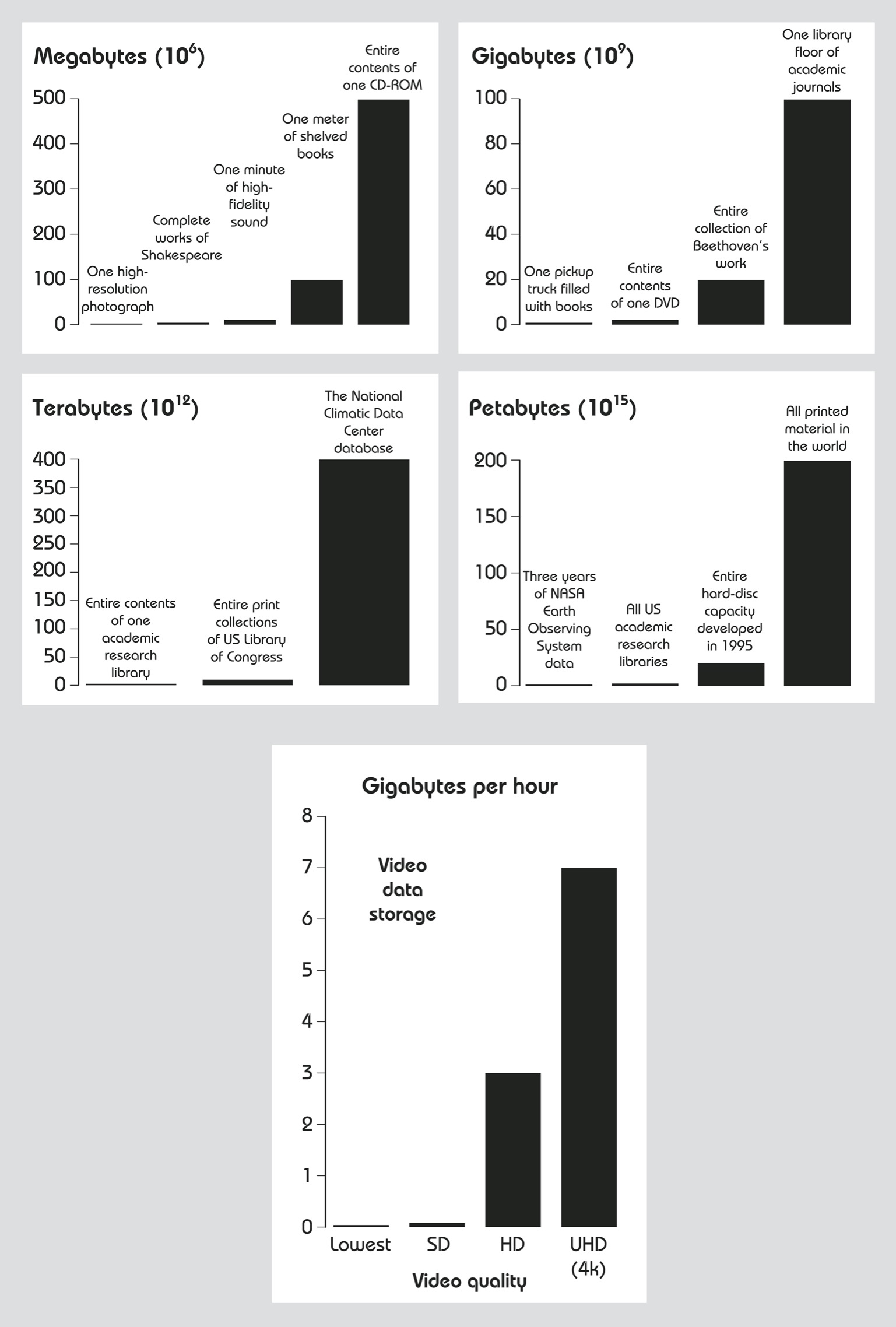 ([View Highlight](https://read.readwise.io/read/01jszq63phwpwkmp85n5cqkpm1))
- And why do we measure the progress of economies by gross domestic product? GDP is simply the total annual value of all goods and services transacted in a country. It rises not only when lives get better and economies progress but also when bad things happen to people or to the environment. Higher alcohol sales, more driving under the influence, more accidents, more emergency-room admissions, more injuries, more people in jail—GDP goes up. More illegal logging in the tropics, more deforestation and biodiversity loss, higher timber sales—again, GDP goes up. We know better, but we still worship high annual GDP growth rate, regardless of where it comes from. ([View Highlight](https://read.readwise.io/read/01jszqhk8j6vjpfgks2pqxw3rd))
- Human minds have many irrational preferences: we love to speculate about wild and crazy innovations but cannot be bothered to fix common challenges by relying on practical innovation waiting to be implemented. Why do we not improve the boarding of planes rather than delude ourselves with visions of hyperloop trains and eternal life? ([View Highlight](https://read.readwise.io/read/01jszqj6kwrk9sdkv3bt1nr1vw))
- If wind-generated electricity were to supply 25 percent of global demand by 2030, then even with a high average capacity factor of 35 percent the aggregate installed wind power of about 2.5 terawatts would require roughly 450 million tons of steel. And that’s without counting the metal for towers, wires, and transformers for the new high-voltage transmission links that would be needed to connect it all to the grid. ([View Highlight](https://read.readwise.io/read/01jszwjbg0g10a3asteabq6dgk))
- You can roughly track the advance of civilization by the state of its lighting—above all, its power, cost, and luminous efficacy. That last measure refers to the ability of a light source to produce a meaningful response in the eye, and it is the total luminous flux (in lumens) divided by the rated power (in watts). ([View Highlight](https://read.readwise.io/read/01jt2djqgz5baw4vm0bfmb5ead))
- 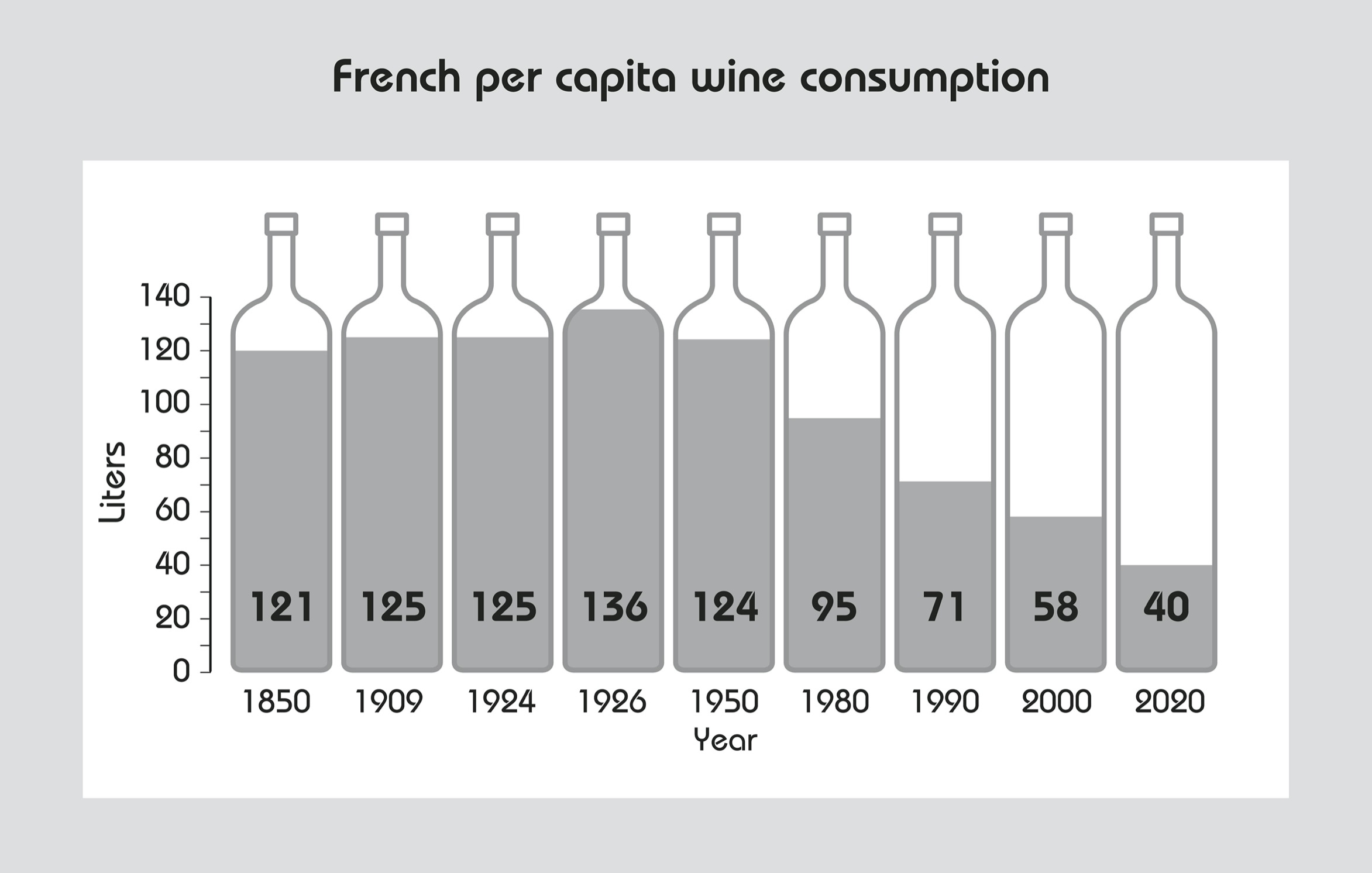 ([View Highlight](https://read.readwise.io/read/01jt51nj051xj1g89jeskz01yp))
- The UN’s Food and Agricultural Organization puts the global cattle count at about 1.5 billion head in 2020. ([View Highlight](https://read.readwise.io/read/01jt51zg9p56tnqckvca2ccbym))